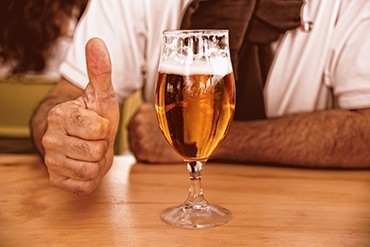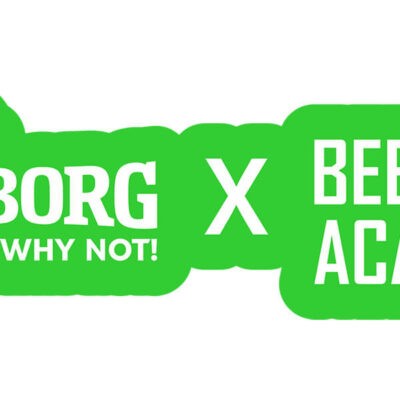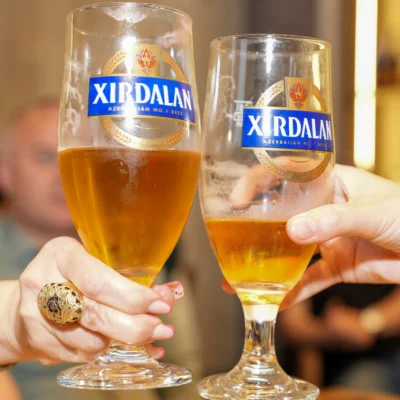About tasty and not tasty beer

When it comes to food or drink, people are usually guided by their personal preferences or habits. It makes sense, because we want to enjoy what we eat or drink. At the same time, some people may find a dish too bland, while others may find it too salty. In everyday life you can simply choose something else, but at various contests and competitions the judges are guided not by personal preferences, but by specific definitions of what this or that dish should be in order to evaluate it objectively. As in any other competition, judges must be guided by the Rules.
Beer has been around for thousands of years and has been brewed in various countries, using local ingredients and selecting an appetizer from what was available. There were no specific laws or rules about what it should be or how it should be brewed. Official rules on how beer should be brewed were first formulated in 1516. They were called the “Purity Law” and were only valid in Germany, more precisely in Bavaria. Over the years, this rule has almost disappeared and now only individual breweries follow it.
In the 80’s of the last century, home brewing started to develop rapidly in the USA, new beers spontaneously emerged and it became necessary to regulate this “Brownian motion”.
So in 1985 it was decided to found a non-profit organization which would describe the beer styles and regulate the process of beer competitions judging. The new association was headed by Charlie Papazian of the American Homebrewers Association (AHA) and Pat Baker of the (now defunct) Home Wine and Beer Trade Association (HWBTA). The new organization is called the Beer Judge Certification Program (BJCP).
The organization has seen many changes over the years, but it has ultimately become one of the main regulators governing the classification of beers and their grading rules.
How does it work? The BJCP has already released several beer style guides. The most recent version dates back to 2015. It consists of a complete description of all known beers, grouped into groups and subgroups. To date, BJCP 2015 describes 125 (!) beers (not to be confused with beer brands) divided into 35 groups. The description of each beer consists of several points.
- General descriptions of beer, how it should be
- Aroma of the beer: intensity, duration and specific description
- Appearance: color, clarity, foam (description, persistence, color)
- Taste: it includes the aftertaste and its duration. This is why beer should be swallowed, not spat out, as in a wine tasting
- Mouthfeel: it describes the feeling of the “body” of the beer, the level of its carbonation.
- Comments: these include details specific to the brew that were not included in the preceding paragraphs.
- History: Almost every one of these beers has a history. This is what is described in this paragraph.
- Characteristic Ingredients: Each variety requires specific ingredients. Specific malts, hops, etc. must be used during brewing.
- Comparison of styles: different styles are often similar to each other (porter and stout) and not everyone can tell them apart. This paragraph describes similar brews.
- Characteristics: The parameters which must be met by a particular style. They are not many, but they are obligatory:
- starting density
- final density
- alcohol content
- bitterness
- color
So how are these beers judged? How do you choose the best of them? In a situation of complete anonymity: only two people usually know which beer is judged: the organizer of the competition and the secretary who enters the scores from the bulletins into the computer. We once tried to torture the secretary at the end of a competition, when all the results were already entered into the computer, but he turned out to be surprisingly persistent. He said one sentence: So what if you’re judges and you think (!) that you know about beer? Wait for the results to be announced, just like everyone else…
At each table there are usually several people with specific qualifications. They are served unmarked bottles of beer. The waiter, or someone replacing the waiter, tells them the sample number and its index in the BJCP beer style guide. Sometimes you can use the manual itself for reference, but this is not allowed at serious competitions, nor is it allowed to discuss samples among themselves. The judge must describe on the judging form: aroma, appearance, taste, mouth feel, and give marks for each parameter. Details and recommendations for improvement are welcome. It’s all very simple at first glance, but not really very easy.
And now for the most interesting part: how does one become a Beer Judge? The main thing, like everywhere else, is Love. Without it, you can’t work. Then constant training, which is not sitting for long hours in a bar. You can start by taking famous beer samples, reading their descriptions and trying to analyze them. Of course, it is desirable to take special training and then quite difficult examinations. But even if you are qualified as a judge, you need to constantly confirm it by participating in competitions, taking courses, etc. Just as in sports: you can be a retired master of sports, or you can keep yourself “in form” and be an active athlete.
To date, the BJCP is not the only organization that regulates beer competitions. When first participating in Beer Seal competitions, in the Czech Republic, I had to adapt to other requirements and definitions along the way. There are alternative grading systems in both the U.S. and Germany, but by far the BJCP is the most comprehensive and detailed of them all.
So what are ” ordinary” beer drinkers to do? Enjoy! Beer, as such, cannot be bad by definition! Look for your beer and don’t be afraid of new, unfamiliar brands. Have a good beer in the New Year, friends!

















